Together School: What is it and how do we do it? {A Simple Guide}
Post may contain affiliate links. As an Amazon Associate I earn from qualifying purchases.

Today I want to share with you one of the greatest tips I have incorporated into our homeschool over the past 17 years. This one tip has saved me so much time and has brought much greater peace to our home.
The tip: Together School!
What is Together School?
Being a mom with children many different ages, I needed to find a way to teach them all effectively and not lose my mind! Years ago I decided that the best way to do that was to do all our studies that were not skill-based (such as math, reading, and language arts) together as a family. Even though my kids (who are still homeschooling) range in age between 7-16, I am able to teach them many different subjects together quite easily. So Together School is simply gathering your children all together and teaching them all at the same time.
Here is a list of some of the things we have learned together over the years:
- American History
- World History
- Geography
- Bible
- Character Studies
- Art
- Music
- Literature
- Science
How do you do Together School?
There are so many different ways that you can bring all your kids together and learn. Some like to do unit studies, some like to simply do lots and lots of reading aloud, some like to do projects. It really depends on your family, your interests, and the time you have to spend preparing. Here are some ideas to get you started:
History – Choose a time period in American or World History and create a list of great books to read aloud together. Have each of the kids create notebooks about the topic you are studying. Assign each of your kids books to read at their level. Choose a history related unit study and work through it together. Watch some fun history DVDs on the topic you are studying.
Science – Choose a topic in science to study together. Make a list of great science living books to read aloud together. Find some fun science experiments to try — either online or at the library. Have each of your children create nature notebooks. Watch some excellent science DVDs together.
Bible and Character Studies – Make this simple by just reading the Bible together! I love using Catherine Voss’, The Child’s Story Bible. There are tons of great devotional resources available that you can read through with your children. We do this at breakfast. I read a Bible story out of The Child’s Story Bible, then I read a devotional, then a chapter out of a literature book.
Music and Art – Study composers and listen to their music together. Explore art and do art projects together. Study great artists by looking at their artwork and trying to copy them. Learn to sing together as a family. Along with these ideas, there are many great books and curriculum you could use if you wish.
Literature – I have a few resources that I use when I want to go to the library to find great literature to read to the kids. Simply make a list of some great books you want to read together, and pick a time during the day to read. Like I said before, our read-aloud time is in the afternoons, but some enjoy reading aloud together as a family before bed. Whatever works for your family!
Geography – Many times you can incorporate geography instruction into your history studies. But there are other ways you can learn geography together: Look at maps, play geography games together, buy some geography flashcards, play with a Geosafari game, get geography-themed placemats for the table, etc.
When do you do Together School?
We actually do Together School a couple of different times during the day — at breakfast and in the afternoon. (We devote our mornings to doing all the kids’ individual work.)
At breakfast we read together our Bible story, a devotional book, and then I choose another good literature book in our library to read. I am also going to add in some art and music study at breakfast. I have some books picked out for art to read to the kids, and for music we are going to be reading about some composers and listening to some of their music. These lessons will be fairly short and will probably only be once or twice a week, but I have found that adding in some short lessons at breakfast helps me get in some of these subjects that I want to touch on but don’t seem to have time for the rest of the day.
The afternoons we devote to our read-aloud time, where we read books on history and science. I also filter in some of our educational history and science DVDs that we have as they relate to what we are reading about. The kids love doing science experiments, so we may be adding in some of those in the afternoons as well!
In addition to these two set times during our day for Together School, there are times when the kids pull out an educational game (such as Name That State, or the Marble Game) and have fun playing together.
_________________________
I hope you can see how easy it is to teach certain subjects to your kids all together. Why don’t you give it a try? Make a list of the subjects that your children need more individual instruction in and another list of the subjects you could teach together. Gather resources you can use to teach those subjects (books, DVDs, games, etc.). Then figure out a block of time each day for your Together School. Then do it! You are going to love it!
_________________________
Click here to see all my Homeschool Posts & Resources!
Be sure to follow my Homeschool Resources board on Pinterest:
Follow Sheri Graham’s board Homeschool Resources on Pinterest.
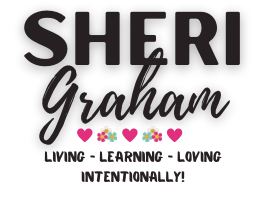
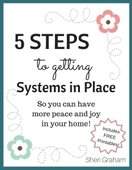
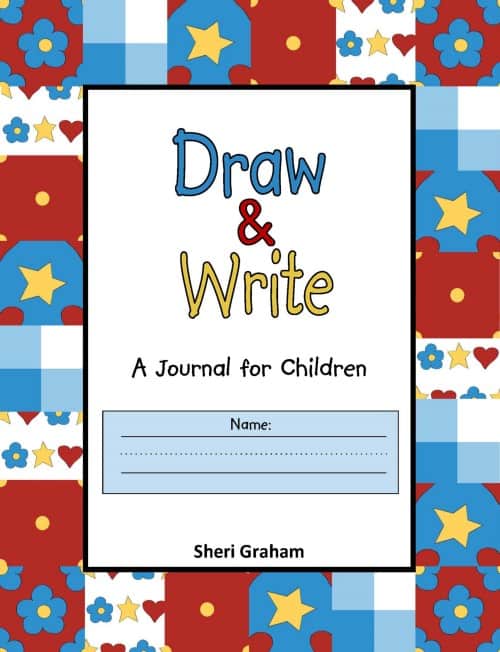
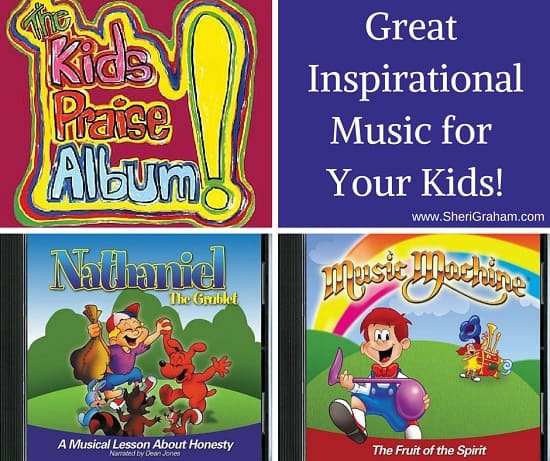
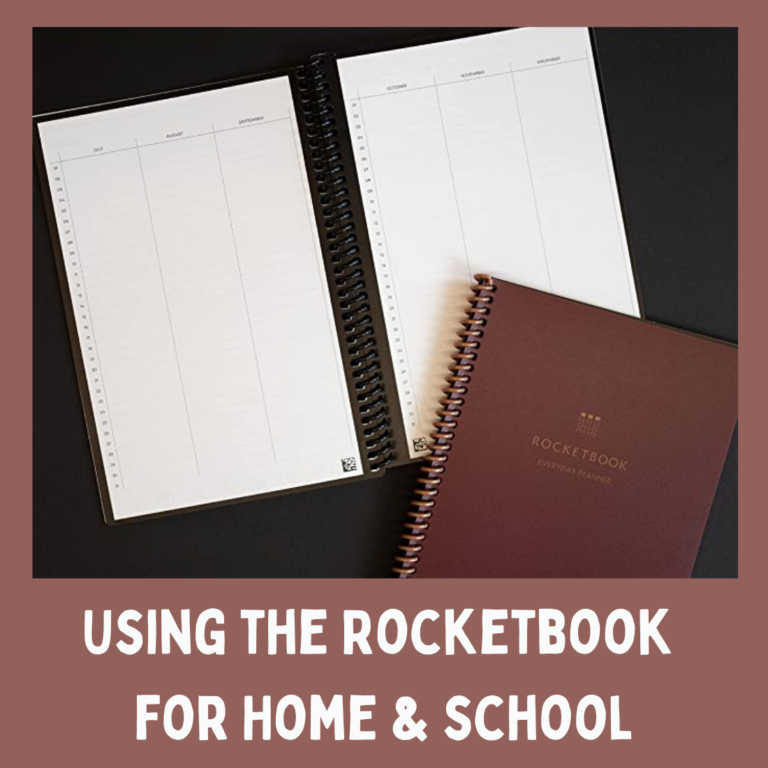
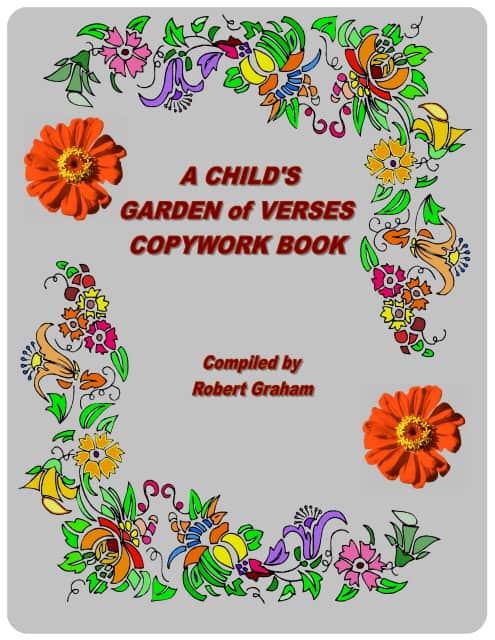

3 Comments